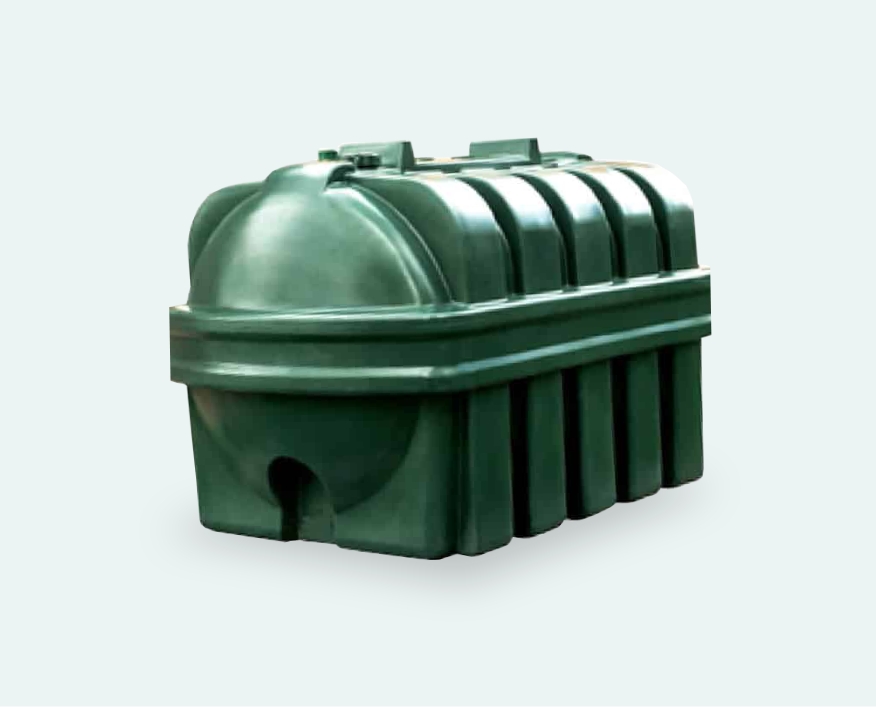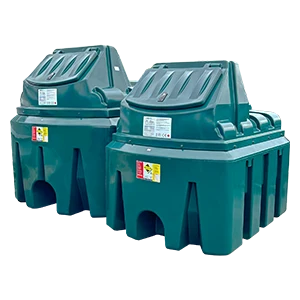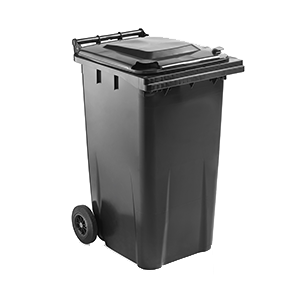Optimizing Your Heating Oil Consumption
In the realm of home heating, oil remains a prevalent choice, providing warmth and comfort throughout the colder months. However, selecting the appropriate oil tank size can be a daunting task, as it involves balancing fuel storage needs with efficiency and cost-effectiveness. This comprehensive guide delves into the factors that influence oil tank size and provides practical strategies to determine the ideal capacity for your home.

Contents
Choosing the Ideal Oil Tank Size
Factors Shaping Oil Tank Size:
Heating Needs: The size of your home and the number of rooms that require heating are paramount in determining oil tank capacity requirements. A larger home with multiple bedrooms and living areas will typically need a larger tank than a smaller home with fewer rooms. Consider factors like insulation levels, room size, and glazing, as these can impact heat loss and consumption.
Property Size: The overall size of your property can also influence oil tank requirements. A sprawling home with extensive grounds may consume more oil for heating external areas like patios or conservatories, necessitating a slightly larger tank. If you have a detached garage or outbuilding, factor in the additional heat loss from these spaces.
Usage Patterns: Individual heating habits play a crucial role in determining oil tank size. If you tend to keep your heating system running consistently throughout the winter, you’ll need a larger tank than those who only heat their homes occasionally. Consider factors like seasonal variations and special events that may increase heating demand.
Things to consider:
Estimating Oil Tank Capacity:
As a general rule of thumb, allocate at least 500 liters of capacity per bedroom in your home. For instance, a three-bedroom house would require a minimum of 1500 liters of tank capacity. Additionally, consider adding 500 liters for your living room and other frequently used spaces. If you have a swimming pool or sauna, factor in their additional heat demand.
Minimizing Delivery Costs:
Most heating oil suppliers have a minimum delivery requirement, typically around 500 liters. Therefore, having a tank that is too small can result in more frequent deliveries, increasing the overall cost of heating your home. To avoid excessive deliveries, consider opting for a slightly larger tank that can bridge the gap between deliveries, minimizing fuel wastage and delivery fees.
Seeking Professional Guidance:
For a more precise assessment of your oil tank size needs, consider consulting a qualified heating engineer. They can evaluate your heating system, property size, and usage patterns to recommend the ideal tank capacity for your specific needs. They can also advise on the most appropriate type of oil tank based on your property, considering factors like accessibility, safety, and aesthetic preferences.
Choosing the Right Oil Tank Type:
The type of oil tank you choose plays a role in overall efficiency and safety. Above-ground tanks are more common and allow for easier access for maintenance and inspections. However, they may require additional protection from external elements like pests, weather, and potential spills.
Below-ground tanks are generally more aesthetically pleasing and offer better protection against freezing and theft. However, installation and maintenance can be complex, requiring specialized equipment and expertise.

How Big Is Your Home?
It takes around 1,800 litres of oil to heat an average-sized home per year. But this can vary depending on the time of year, size of your home, who lives there and how often they’re there.
How many rooms
Although the oil tank is out of sight, there can be challenges when it comes to installation: the process can be time-consuming, therefore driving higher installation and maintenance costs, especially if there’s an underground leak.
How many people
Again, more people will use more heating oil to warm rooms or fuel appliances. Consider who is at home and when to determine how often you’ll need refills.
Which Type Of Oil Tank?
Once you’ve decided on the above, it should help you narrow down the best oil tank type. Your budget may also influence this, but your options include:

Ideal for small properties with their slimline shape and plastic mould. Making it a lightweight option and easier to install.

Made from plastic, these have an interior layer for added protection. Reducing the chances of leaks or contamination and increasing its lifespan.

The increased protection provides safer storage and potentially lower insurance. They’re also available in various styles, making them versatile to your location, budget and needs.

Available in both single and double-skinned, steel provides a sturdy solution. They can be custom-made to your requirements and seen as a long-term, cost-effective option.
Find Your New Oil Tank
Here at Oil Tank Supermarket, we have a wide range of oil tanks available. You can find all of the oil tanks we offer from the list below.
If you have any questions or queries contact us and one of our professional, helpful staff will come back to you as soon as possible.



















Share This: